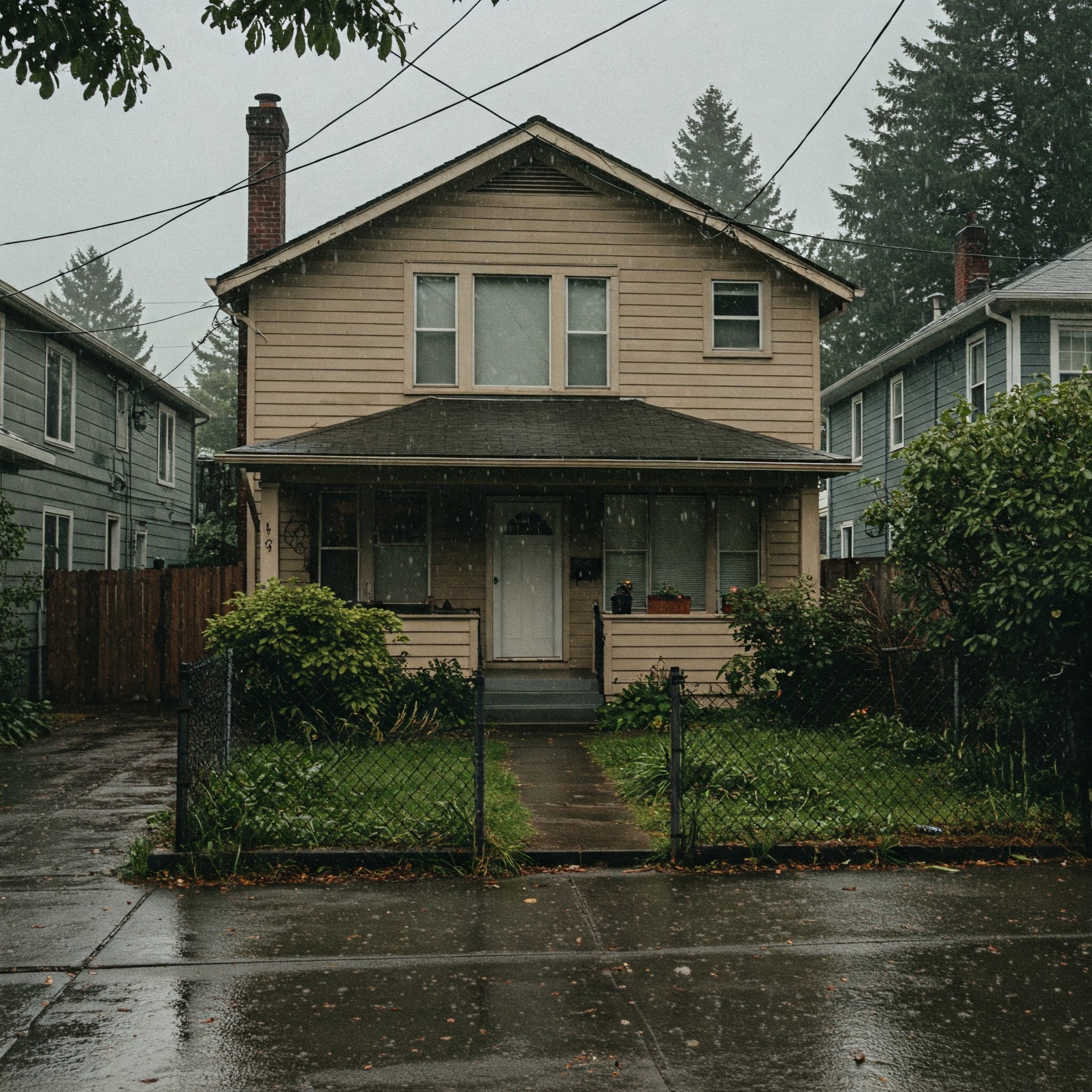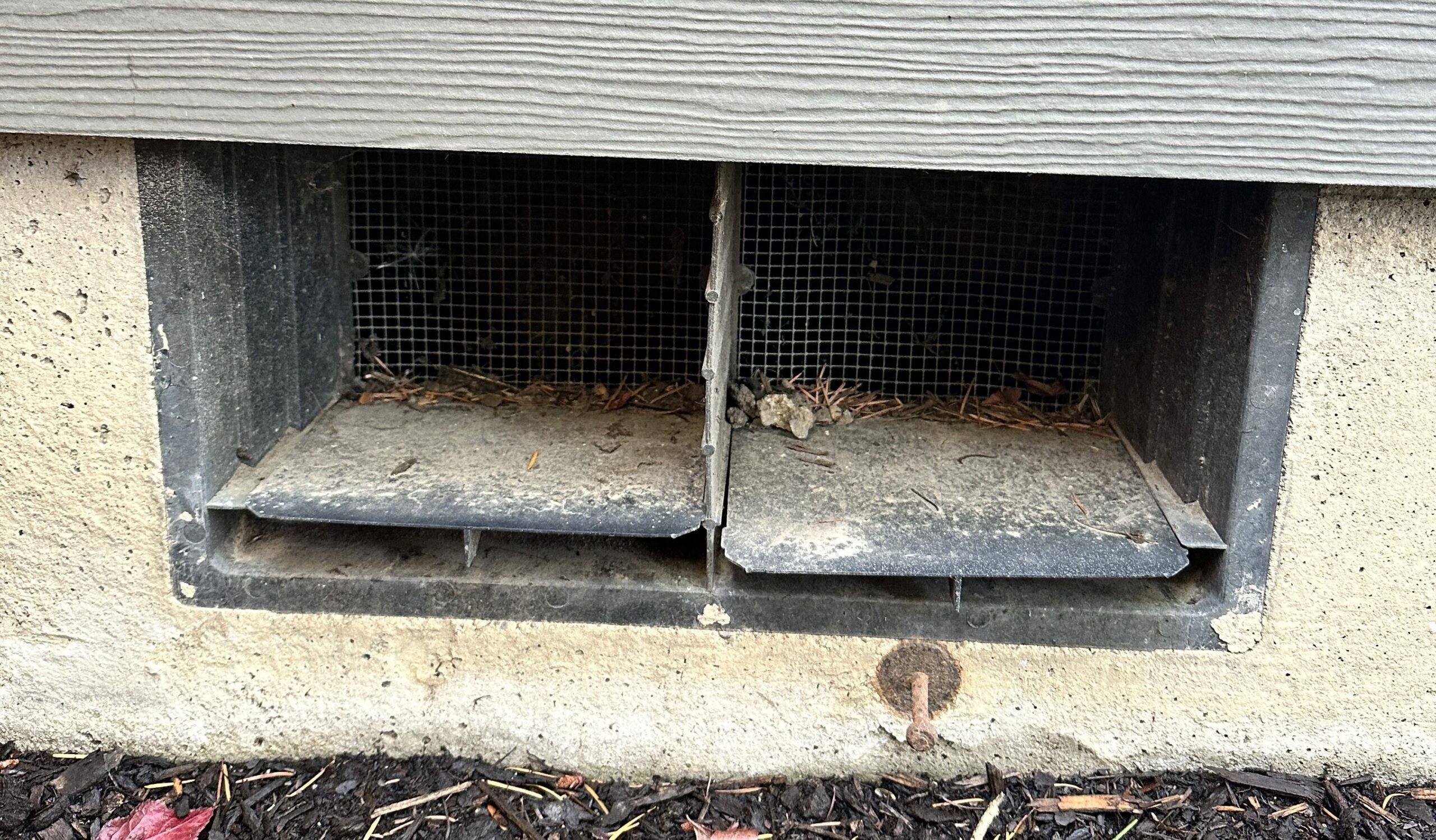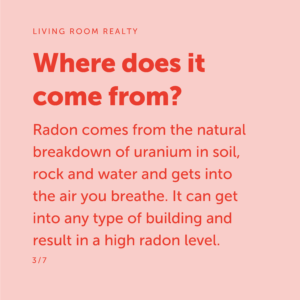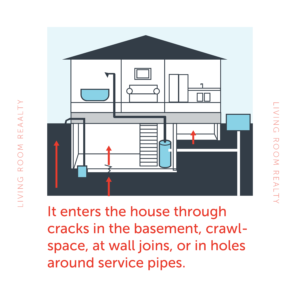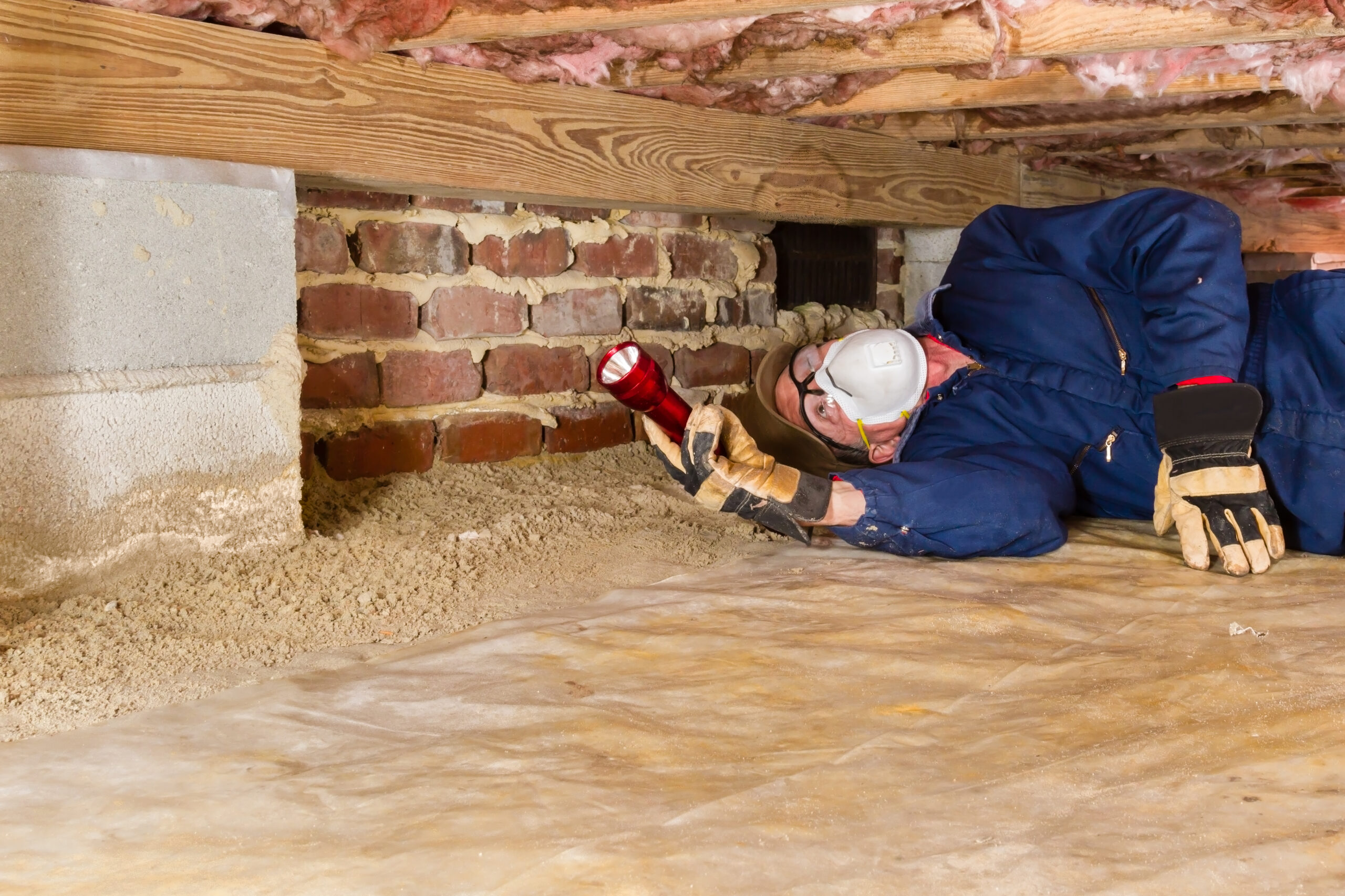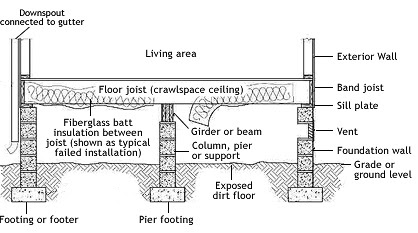We all know life in the Pacific Northwest is beautiful —lush forests and greenery are everywhere. But all that rainfall and moisture that supports our greenery can cause some serious damage to our homes. Our climate makes it easy for moisture to creep into places it shouldn’t, leading to issues like mold, foundation damage, and wood rot. Here are a few of the most common issues I see come up in PNW homes as a result of our rainy climate.
Poor Drainage Away From the Home
One of the simplest yet most important things you can do is ensure water is being directed away from your home. If rainwater consistently pools near your foundation, it can seep inside, leading to damp basements, weakened structural integrity, and potential mold issues.
A few key things to watch for:
- Negative grading – The ground around your home should slope away from the foundation. If it slopes toward your house, water will naturally collect around the home’s perimeter.
- Overflowing or clogged gutters – If your gutters aren’t properly maintained, rainwater can spill over and accumulate. Water may also gather along trim, siding, and other exterior wood elements and over time cause damage.
- Poor water redirection – If downspouts, carports, or other structures funnel water toward your home instead of away, you could be in trouble.
I recently had a client who was purchasing a home in SE Portland. During inspections, we found moisture along the basement wall. After investigating, we realized the problem: a carport roof sat right next to the home and funneled all the rainwater into one spot along the foundation. Over time, this pooling water had worked its way into the basement. Had the owner considered how the water was being directed against the home due to the carport roof, this may have saved the foundation from the damage of water exposure over several years.
Attic Moisture & Mold
Moisture doesn’t just cause problems at ground level—it can also cause trouble in your attic. Because of the PNW’s damp climate, attics that lack proper ventilation become a breeding ground for mold. Warm, humid air rises from the living spaces below and, if not properly vented, gets trapped in the attic, creating the perfect conditions for mold growth.
How to prevent attic moisture issues:
- Ensure proper ventilation – Ridge vents, soffit vents, and attic fans all help keep airflow moving and moisture levels down. It’s important to have a balance of intake (air coming in) and outtake (air going out).
- Check for leaks – Even a small roof leak can introduce moisture into the attic, accelerating mold growth.
- Seal gaps and insulate properly – Prevent warm, humid air from seeping into the attic by sealing any cracks and making sure insulation is in good shape.
Fun Fact: (Well maybe not so fun…but still worth sharing) You’d be surprised how many times disconnected bathroom vents are called out on inspection reports. It is quite common for bathroom vents to not be properly venting to the exterior of the home, but instead are just pushing all that warm, moist air right into your attic space. This is why its always a good habit to check your attic 1-2 times a year, to make sure everything is functioning the way it should.
Wood Rot
One of the sneakiest issues caused by excessive moisture in the PNW is wood rot. Wood rot occurs when wood materials are exposed to excess moisture over time and fungus begins to grow within the wood and ruin it’s structural integrity. Since so many homes here have wood siding, decks, and trim, this is something nearly every homeowner should keep an eye on. Furthermore, subflooring, joists, and other wood elements in crawlspaces are also prone to rot when proper ventilation is not present (similar idea to attic spaces).
Signs of wood rot to watch for:
- Soft, spongy wood – If you press on a wooden surface and it gives way easily, rot may already be present.
- Discoloration – Wood that looks darker than the surrounding areas or has a slightly greenish tint may be starting to break down.
- Fungal growth – While it really goes without saying, mushrooms or mold growing on wood are obvious indicators of excessive moisture.
Wood Rot in Crawlspaces
One often-overlooked area where wood rot can cause serious problems is the crawlspace. A decent amount of homes in the PNW have wooden elements within the foundation structure that are highly susceptible to moisture damage if not properly protected. Naturally, moisture from the ground rises into the crawlspace and this excess moisture can cause wood rot over time.
A properly installed vapor barrier is one of the best defenses against this issue. This thick plastic sheeting covers the ground in the crawlspace, preventing moisture from seeping up and attacking the wooden beams and joists. If your crawlspace lacks a vapor barrier or you haven’t checked it recently, now is a great time to make sure it’s doing its job.
—
I hope this information is valuable to you. If you already own your home, then it’s a good reminder to keep an eye on how water is being directed around your house and to regularly check your attic and crawl space. For those of you who don’t yet own a home, these items are important to keep in mind when touring potential property.
Please reach out if you have any questions about this topic. Also, if you’d like to hire any professionals to come and assess moisture or water damage in your home, I am well connected with local vendors and am happy to refer you. I’m here as your service provider for all things real estate!
Your friend & realtor,
Sofi
